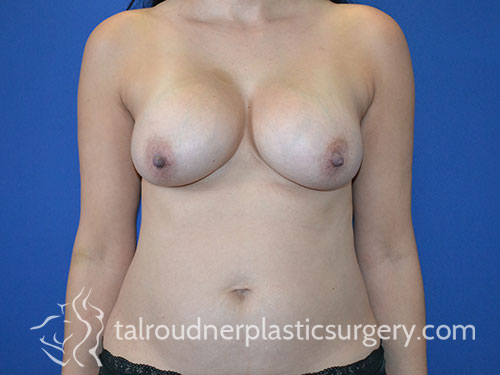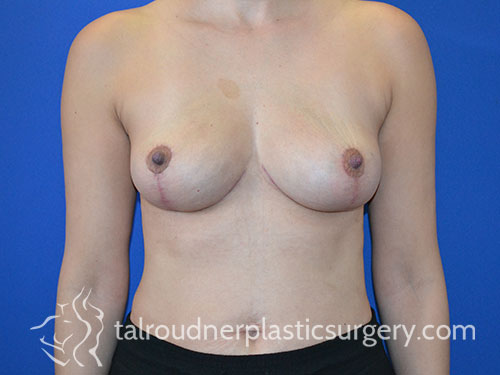A fat transfer procedure, also known as fat grafting or fat injections, is a plastic surgery body contouring procedure that involves taking excess fat from one area of the body where it is unwanted and transferring the harvested fat to another area where it is desired.1 There are a few reasons why people might choose to undergo a fat transfer procedure, including enhancing body contours, rejuvenating the face, and correcting defects and deformities, including those caused by injury, surgery, or a congenital condition.2
Dr. Tal T. Roudner is widely regarded as one of Miami’s premier fat transfer specialists. With almost two decades of experience in plastic surgery, Dr. Roudner is a board-certified plastic surgeon who has developed a reputation for delivering natural-looking, long-lasting results using advanced fat transfer techniques. His personalized approach to patient care and commitment to excellence have earned him numerous accolades and patients trust Dr. Roudner for his expertise, attention to detail, and compassionate approach to helping them achieve their aesthetic goals.
- What Is Fat Transfer?
- Benefits Of Fat Transfer
- Candidates For Fat Transfer
- Fat Transfer Procedures
- Where Can You Get Fat Transfer?
- How Does Fat Transfer Work?
- What To Expect During A Fat Transfer Procedure
- Fat Transfer Recovery
- FAQs About Fat Transfer
What Is Fat Transfer?

Fat transfer, also known as fat grafting, autologous fat transfer, or lipofilling, utilizes a patient’s own fatty tissue to add volume to the breasts, buttocks, or labia, or to rejuvenate the face, lips, or hands. This procedure allows for undesirable fat deposits in areas such as the abdomen, love handles, back, arms or thighs to be utilized to enhance the face, breasts, or buttocks.
Benefits Of Fat Transfer
- Minimal risk of allergic reaction because your own fat (biological material) is used
- No medical devices (excluding fat transfer with breast implant procedures)
- Fat transfer can be used to reshape the body to a desired silhouette
- Natural looking results
- Results may last longer than traditional dermal fillers
Candidates For Fat Transfer
A good candidate for fat transfer procedures would generally be in good health and have no circulation problems or blood clotting issues. This is important because the procedure involves the transfer of live tissue, and any underlying health issues could increase the risk of complications. Additionally, there needs to be enough fatty tissue available for transfer, which will depend on the individual’s body type and the specific part of the body being targeted. Finally, a good candidate for fat transfer should have a desire for natural-looking results. Fat transfer is generally used to enhance or augment existing features—such as addressing volume loss in specific areas of the face, or contouring the buttocks or breasts—rather than create a dramatically different appearance, so patients should have realistic expectations and be comfortable with subtle changes. Overall, fat transfer can be a great option for people who are looking for a minimally invasive way to improve their appearance, and who meet the above criteria.
Fat Transfer Procedures
Dr. Tal T. Roudner is an award-winning plastic surgeon with extensive experience in cosmetic and reconstructive procedures. He strives to provide each patient with personalized care and natural-looking results. Dr. Tal Roudner performs fat transfer surgery and also specializes in body contouring and mommy makeover procedures. In an initial consultation, Dr. Tal Roudner will discuss your medical history and aesthetic goals, evaluate your candidacy for fat transfer, and explain your options.
Where Can You Get Fat Transfer?

- Face: Fat can be transferred to the face to add volume to the cheekbone area, fill in smile lines, plump the lips, and smooth out marionette lines. Dr. Tal Roudner also regularly performs facial fat transfer as part of a facelift procedure.
- Breasts: Fat transfer to the breasts can help contour a naturally appealing silhouette when performed in conjunction with breast implant surgery. This procedure can also be beneficial to breast reconstruction patients.
- Buttock Augmentation (Brazilian Butt Lift): Dr. Tal Roudner offers fat injection procedures to the buttocks to create an elegantly enhanced shape that accentuates natural curves.
- Labia Majora (labiaplasty): Fat transfer can be included in vaginal rejuvenation surgery to revitalize labial tissue that has lost volume.
- Hands: Women who otherwise appear younger than their actual age may notice signs of aging in their hands, such as visible veins and tendons. Dr. Tal Roudner offers fat transfer to restore a youthful look to the hands.
How Does Fat Transfer Work?
During a fat grafting procedure, fat is collected from a predetermined area of the patient’s body via liposuction with a cannula. Typical areas for liposuction include the abdomen, love handles, inner thighs, upper arms, or back. Once the fat is collected, it needs to be properly prepared for transfer. Dr. Tal Roudner uses a state-of-the-art centrifuge that operates in a closed system that automatically separates fact cells from other fluids. The closed system means that the fat is not exposed to the environment, which would necessitate a separate filtering system and introduce the possibility of contamination. Patient safety is our top priority. The fat will then be injected into the transfer site using syringes. Dr. Tal Roudner will use several syringes spaced apart to create an even and natural-looking distribution.
What To Expect During A Fat Transfer Procedure
Patients seeking fat transfer should understand that this procedure is best suited for subtle enhancement, and individual results may vary due to the organic nature of fatty tissue. Your surgical and recovery experience will also vary dependent on the areas of fat transfer. Most patients will be given general anesthesia, although patients undergoing smaller procedures may opt for local anesthesia with light sedation. In general, patients should expect to rest and devote time to recovery for 1 to 2 weeks after their procedure. As you heal, some of the fat transferred may be reabsorbed by your body. Typically, final results will be visible 8 to 10 weeks after surgery. Your surgery, your recovery time, and the appearance and longevity of your results will be influenced by a number of factors, including:
- The body parts used for fat harvest and transfer
- Your unique genetic makeup and the characteristics of your fat cells
- Coinciding procedures performed
Fat Transfer Recovery
Recovery from a fat transfer procedure can vary depending on the extent of the procedure and the areas of the body that were targeted. Generally, patients can expect some swelling, bruising, and discomfort in the first few days after the procedure, which can be managed with pain medication and icing the treated area. The donor site where the fat was harvested may also be sore for several days. It’s important to avoid putting pressure or weight on the treated area during the initial healing period, which can take about two to three weeks. Patients may also need to wear compression garments to help reduce swelling and aid in the healing process. It’s important to follow the post-operative instructions provided by the surgeon, including any restrictions on physical activity or diet. Most patients can resume normal activities within a few weeks, but it may take several months for the final results to be fully visible. Overall, recovery from a fat transfer procedure is typically well-tolerated, and most patients are able to return to their normal routines within a few weeks.
Contact Us About Fat Transfer In Miami
Take the first step toward the body of your dreams. Contact us today to schedule a consultation. Our team is available to answer any questions and provide information on fat transfer surgery or other procedures for the face or body.
FAQs About Fat Transfer
How much does fat transfer cost?
The price of fat transfer surgery with Dr. Tal Roudner is approximately $3,500 to $19,000 and will vary based on the type of procedure. Information on financing options is available. We encourage all patients seeking cosmetic surgery to research their options and select an experienced and well-regarded Board Certified Plastic Surgeon who emphasizes patient safety and satisfaction.
Is fat transfer a safe procedure?
Fat transfer is generally considered safe when performed by a qualified and experienced surgeon like Dr. Roudner. However, like any surgical procedure, there are potential risks and complications which include but are not limited to infection, bleeding, fat emboli or tissue death.3
Is fat transfer a permanent solution?
Fat transfer results can be long-lasting, but the amount of fat that survives the transfer process can vary. It’s possible that some of the transferred fat may not survive, and additional treatments may be needed to maintain the desired results.
How much fat can be transferred in one procedure?
The amount of fat that can be transferred in one procedure will depend on the individual’s body type and the specific areas being targeted. Generally, up to 500cc of fat can be safely transferred in one procedure.
Can fat transfer be combined with other procedures?
Yes, fat transfer can be combined with other cosmetic procedures, such as facelifts, breast augmentation, or tummy tucks, to enhance the overall results.
How long does recovery take after fat transfer?
Recovery time can vary depending on the extent of the procedure and the areas being treated, but most patients can expect some swelling, bruising, and discomfort for several days to a few weeks after the procedure. It may take several months for the final results to be fully visible.
1 ASPS. Fat grafting history and applications. Available: https://www.plasticsurgery.org/news/blog/fat-grafting-history-and-applications. Accessed March 13, 2023.
2 Mayo Clinic. A regenerative refresh to cosmetic procedures. Available: https://newsnetwork.mayoclinic.org/discussion/a-regenerative-refresh-to-cosmetic-procedures/. Accessed March 13, 2023.
3 Cleveland Clinic. Fat Transfer. Available: https://my.clevelandclinic.org/health/treatments/24027-fat-transfer. Accessed March 13, 2023.
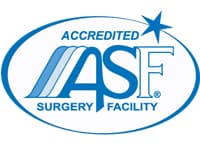



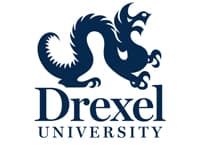


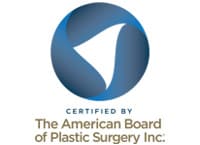

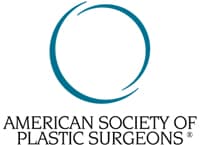
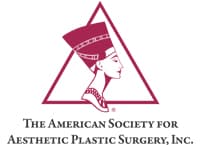
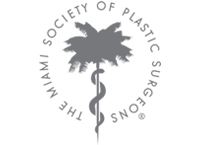
Request a Consultation
Call 305-767-7719 or Use the Form Below to Schedule Online!
Dr. Tal Roudner has either authored or reviewed and approved the content on this website.
Page Updated:

